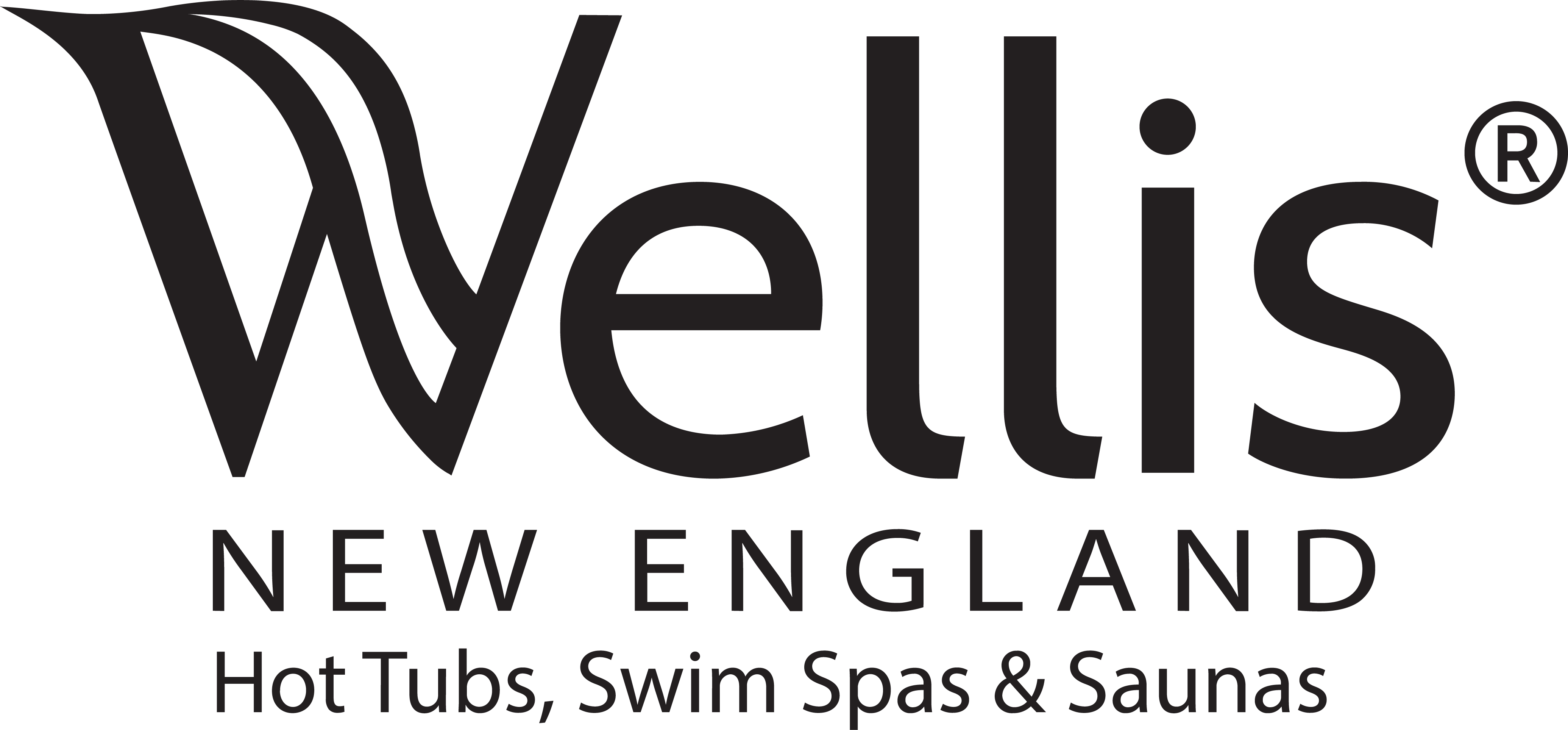
Luxurious products
to help you feel great and live well.
to help you feel great and live well.

As at-home spas grow in popularity, the question of infrared vs traditional saunas frequently arises for prospective buyers. Both carry similar health benefits with them. However, their functionality differs enough to affect the experience and economics between users.
At Wellis New England, we offer Clearlight® Saunas, which fall under the infrared category. Their high-end quality and owner friendliness are what earn them a place in our showroom as opposed to their traditional counterparts.
Below, we provide a more in-depth look at how infrared and traditional saunas compare.
Infrared saunas are newer to the market than traditional saunas. As the body of research on infrared saunas grows, we’ve learned that they are, indeed, peers of traditional saunas in promoting health benefits such as pain relief, stress reduction, boosted metabolism, and much more. Visit our blog, Sauna Benefits You Never Knew About, to learn more about how infrared saunas can improve your physical wellness.
When it comes to infrared vs traditional saunas, the difference becomes more evident when you look more closely at how they operate. Specifically, the owner experience varies most notably in regards to:
A sauna’s defining characteristic is it’s heated environment. By making you sweat, the sauna stimulates the various physical benefits mentioned above. The journey you take to that heat can go one of two ways:
– Traditional saunas: Heating from the outside in
– Infrared saunas: Heating from the inside out
A traditional sauna makes you sweat by heating the air around you. Most often, an electric heater makes this happen. In many models, rocks are stored above the heat source (which is either electric or wood). Once the rocks reach the proper heat, you sprinkle water over them to create steam. The result is a humid environment that warms your skin and, eventually, your core temperature.
The challenge owners face with this scenario is that in order for perspiration to occur, the surrounding air temperature needs to increase to readings anywhere from 140 degrees Fahrenheit to 194 degrees Fahrenheit, which is the highest temperature allowed at ceiling level in the United States. For this same reason, the rocks require ample time to preheat (i.e., between 30 and 45 minutes).
By comparison, an infrared sauna, like a Clearlight, emits infrared waves that penetrate your body to raise your core temperature first. This is the equivalent of taking a short cut on the road to perspiration. By raising your internal temperature, this sauna doesn’t need to heat the ambient air as much. That’s why the temperature inside an infrared sauna typically stays between 120-140 degrees Fahrenheit. Furthermore, the sauna reaches these temperatures in as few as 10-15 minutes.
With heating processes varying between sauna types, you will see a difference in their energy requirements as well. In the case of a traditional sauna, more time to heat plus high temperature requirements mean a larger draw on electricity. Conversely, an infrared sauna’s reduced heating times and necessary temperatures will cut the electricity costs accordingly.
The main maintenance requirements for each sauna type varies according to how much moisture it endures. Since traditional saunas incorporate steam into their usage, the wooden surfaces are more susceptible to mold and mildew. An infrared sauna doesn’t face the same level of threat. Most of the time, its exposure to moisture is limited to the sweat coming off the user. Therefore, infrared saunas are generally less demanding when it comes to maintenance.
As the points above demonstrate, the question of infrared vs traditional saunas requires some keen investigation. In the end, Wellis New England supports the infrared variety because of the advantages they offer in terms of heating, energy use, and maintenance. Visit our showroom today, and we can show you in person just how seamlessly the right sauna can fit into your home.

